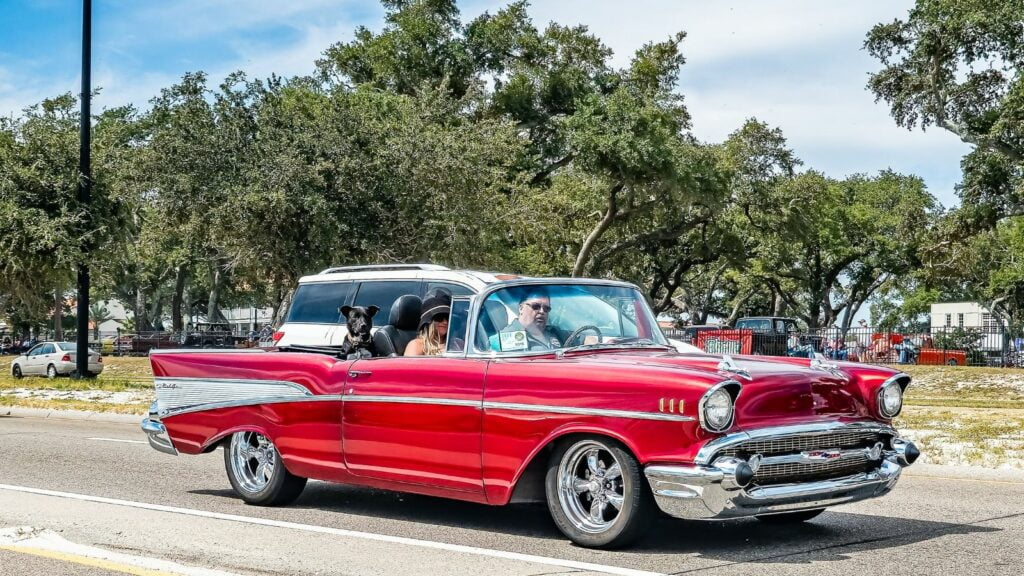Vintage American cars are rolling works of art. These cars have character—an irresistible mix of charm, quirk, and nostalgia. Whether you’re a hardcore gearhead, a weekend cruiser, or someone who appreciates the golden age of design, these 25 iconic vintage American cars have a way of stealing hearts—even decades after they first rolled off the assembly line.
1957 Chevrolet Bel Air
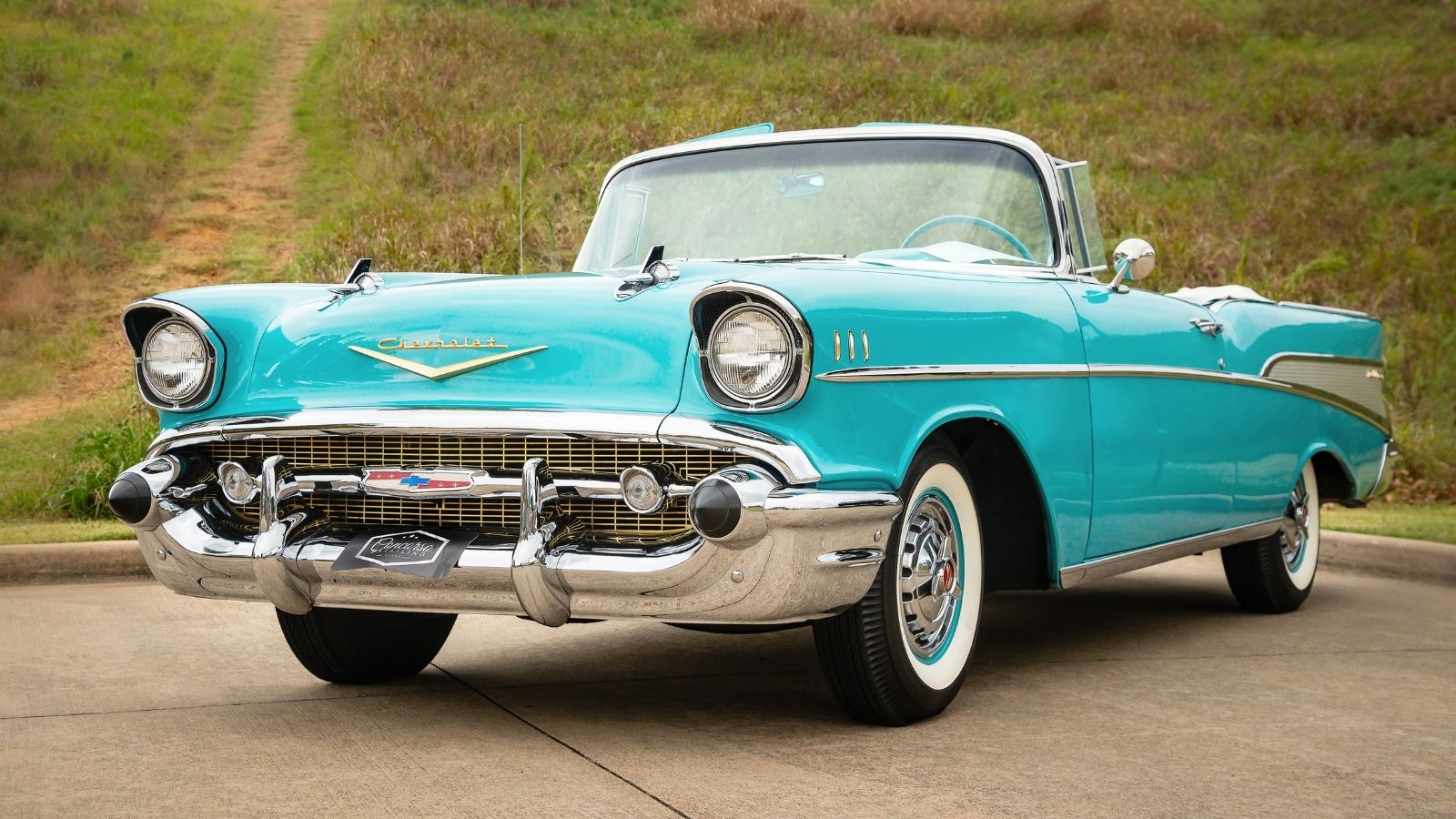
The ’57 Chevy Bel Air is like the prom king of classic cars. This car defined an era with its unmistakable tailfins, shiny chrome details, and a grille that looks like it’s smiling at you. Under the hood, the Bel Air offered various engines, including the groundbreaking 283-cubic-inch V8 with the option of fuel injection, producing up to 283 horsepower—a remarkable feat for the era. Buyers could choose between a Powerglide automatic or a three-speed manual transmission. Today, it’s a must-have for collectors and anyone who wants to own a piece of Americana.
1965 Ford Mustang

Introduced in April 1964, the Mustang debuted as a 1965 model and was available as a coupe, convertible, or fastback. Its long hood, short rear deck, and sporty appeal captivated buyers, with Ford selling over 400,000 units in its first year. The Mustang also made its mark in pop culture, featuring in movies like Goldfinger and earning accolades for its timeless design. Its 1965 model remains a collector’s favorite.
1959 Cadillac Eldorado
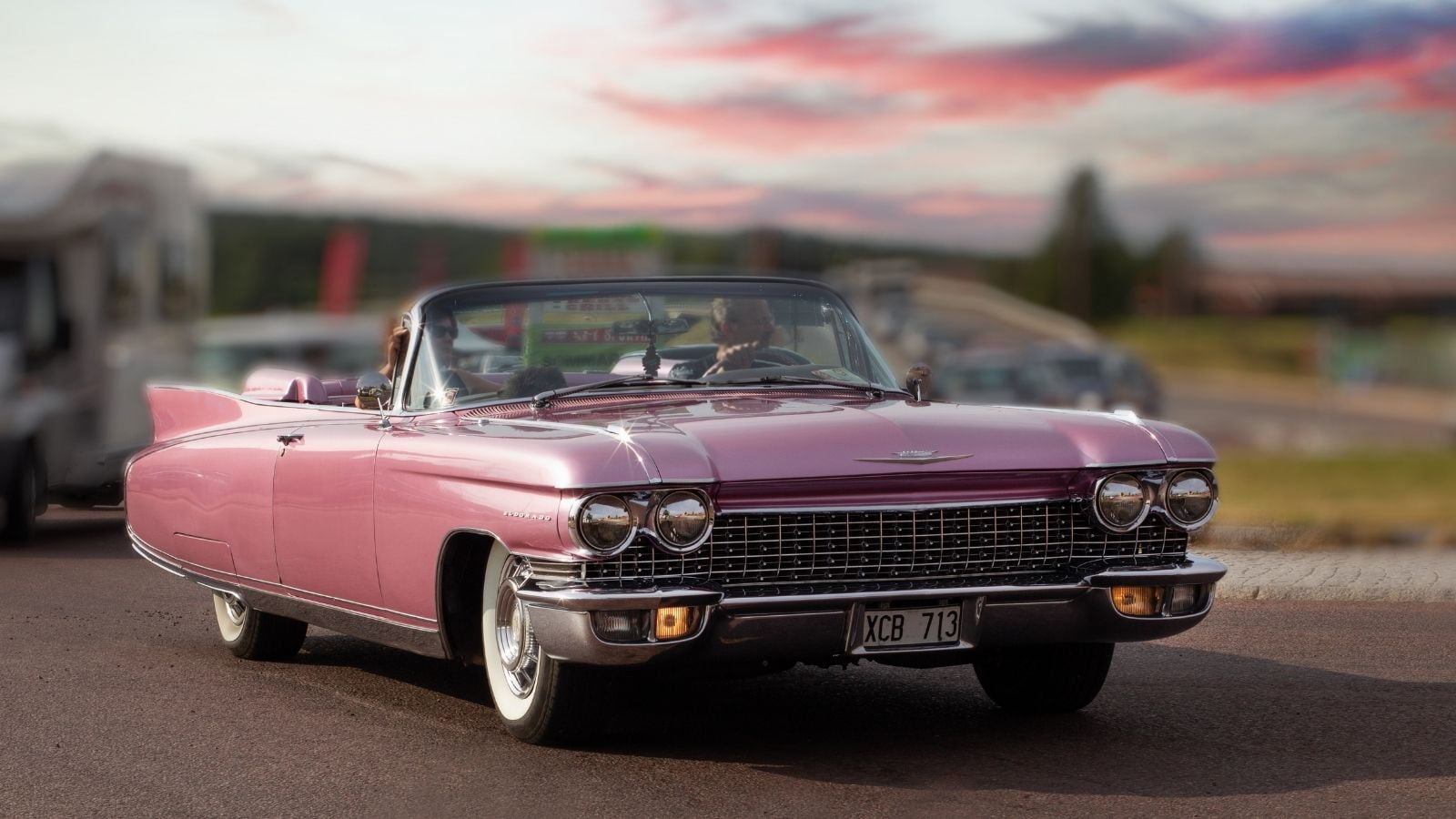
If Elvis Presley were a car, he’d be the 1959 Cadillac Eldorado. Powered by a 6.4L V8 engine producing 345 horsepower, it featured innovations like air suspension, power windows, and optional cruise control. The Eldorado also offered three luxurious models: the Biarritz convertible, the Seville coupe, and the Brougham sedan. Interiors boasted leather upholstery, cutting-edge AM radios, and gold accents. The 1959 Eldorado remains a dazzling piece of Americana, merging flamboyant style with advanced engineering.
1932 Ford Model B
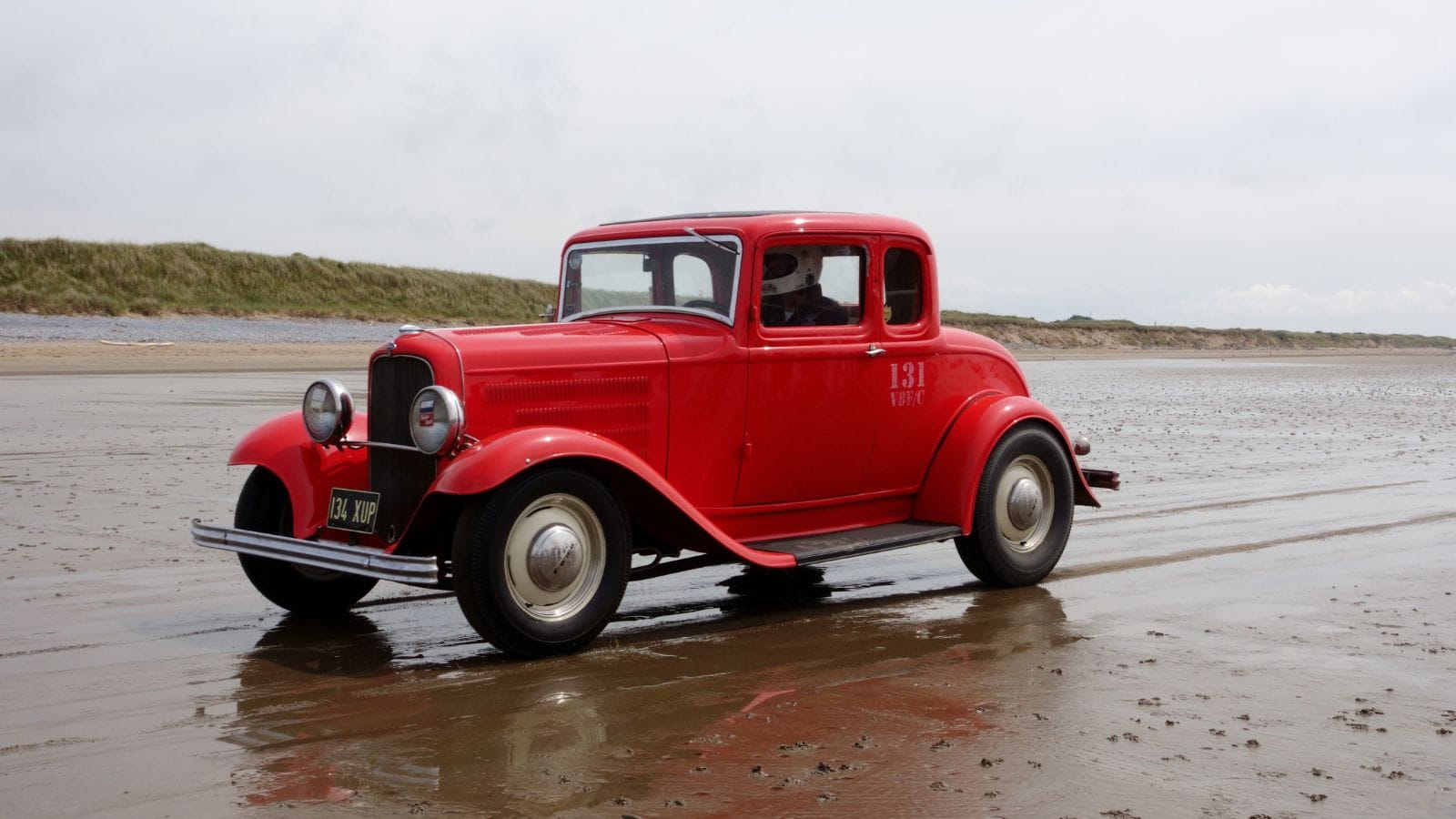
The 1932 Ford Model B, affectionately known as the “Deuce Coupe,” was the poster child of the hot-rodding culture. Its design, spearheaded by Eugene T. Gregorie, introduced sleek, more modern lines than its predecessor. The Model B also benefited from innovations like mechanical brakes, improved suspension, and a sturdier chassis. This car shared its body style with the famed Model 18, allowing customers to choose between the new V8 or the trusted four-cylinder powerplant. Easy to modify and endlessly cool, the ’32 Ford is still a favorite among custom car builders and purists.
1969 Dodge Charger
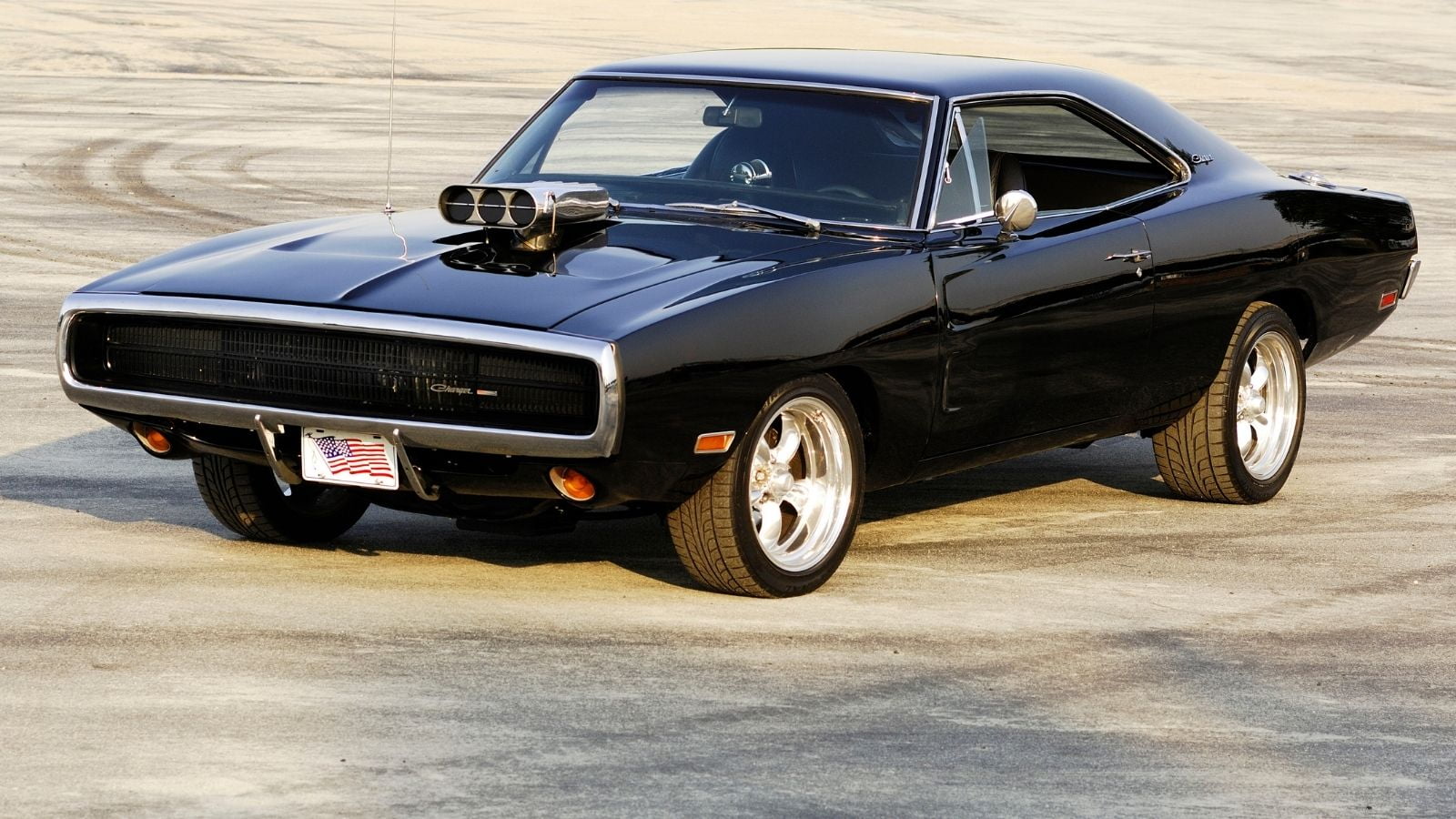
The 1969 Dodge Charger is a muscle car legend, thanks in no small part to its role in “The Dukes of Hazzard.” Its aerodynamic refinements included the NASCAR-inspired Charger 500 and the legendary Charger Daytona, designed to dominate oval tracks with features like flush rear windows and prominent rear spoilers. The Charger also came with various engine options, from the 225 cubic-inch slant-six to the fearsome 426 HEMI, delivering raw power. Whether you love it in stock or as a General Lee, this car turns heads.
1955 Chevrolet Nomad
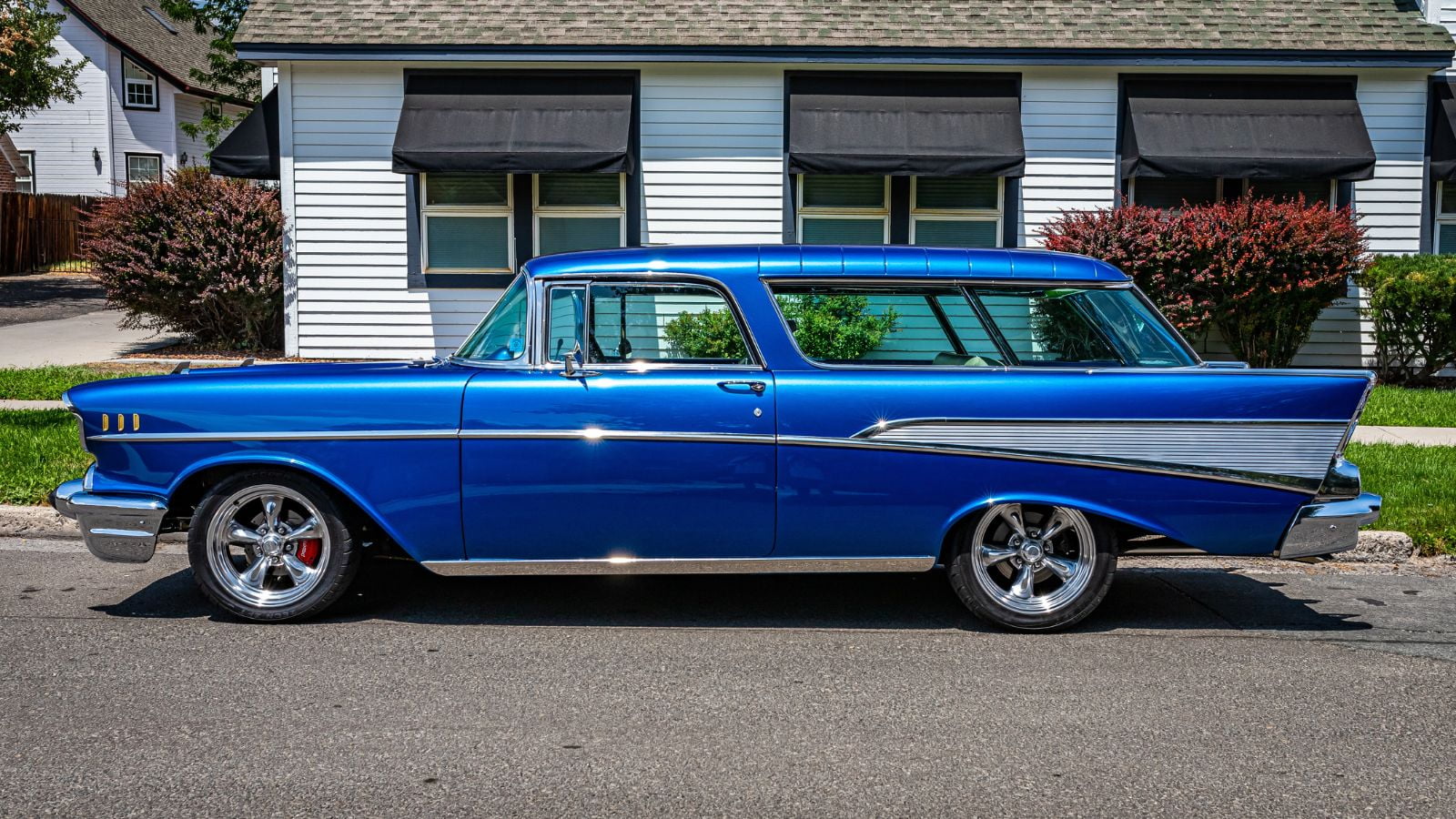
The ’55 Chevy Nomad is what happens when a wagon decides it wants to be glamorous. The Nomad featured the iconic Ferrari-inspired “egg-crate” grille, wraparound rear glass, and stylish two-door body, creating a low-slung, sporty profile rarely seen in wagons. Not to mention, Chevrolet’s innovative “shoebox” body also gave it a clean, modern look, complemented by a stainless-steel side trim that emphasized motion and flair. No wonder it’s still a crowd favorite at car shows.
1967 Chevrolet Camaro
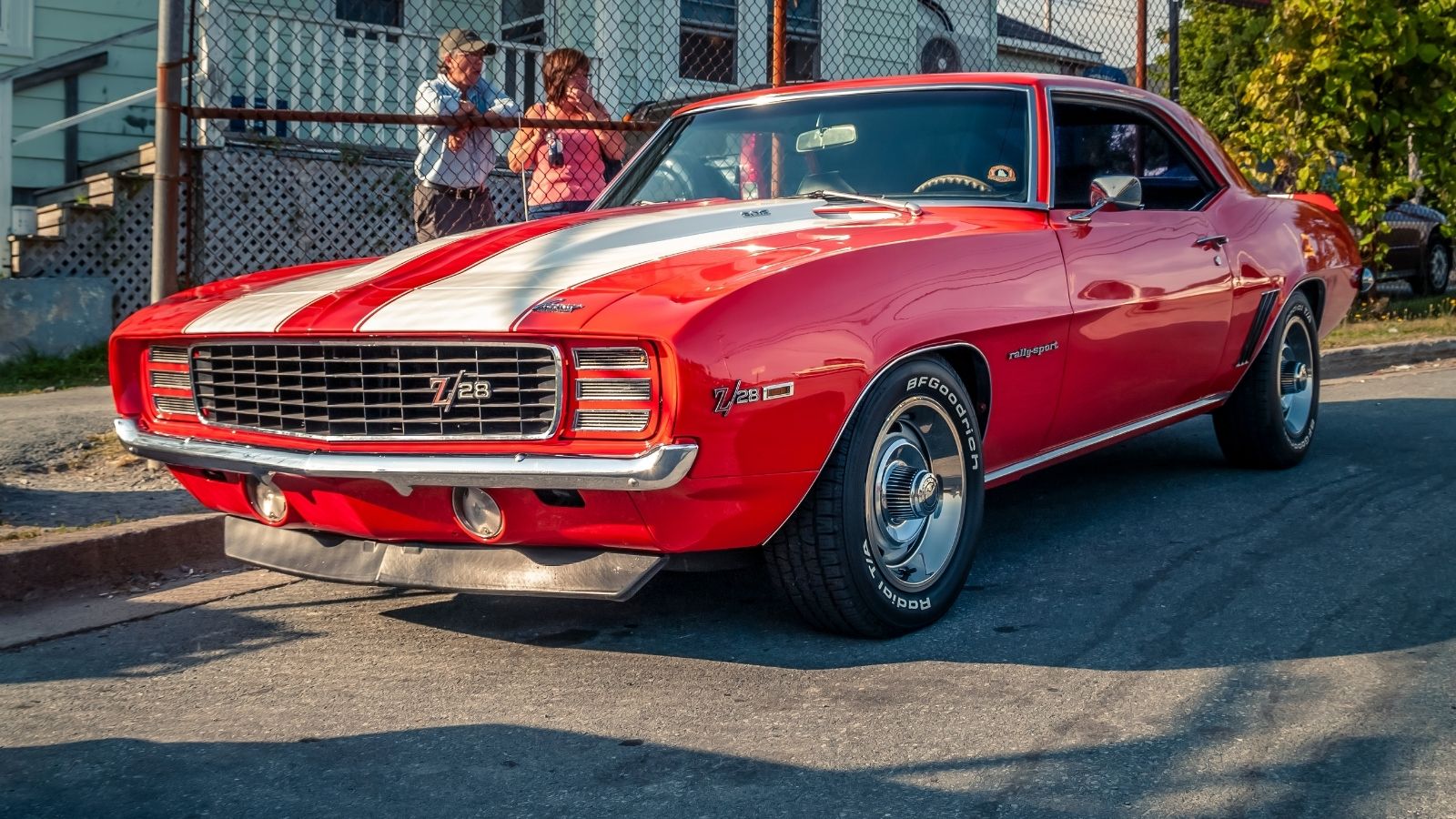
Chevrolet’s answer to the Mustang, the 1967 Camaro, burst onto the scene with swagger to spare. The Camaro was built on GM’s F-body platform, shared with the Pontiac Firebird, and offered in coupe and convertible forms. Customers could choose from six engines, ranging from a 230-cubic-inch inline-six to a 396-cubic-inch V8, catering to a broad audience. Also, the Rally Sport (RS) package added hidden headlights and upscale trim, while the Super Sport (SS) included performance upgrades like a beefier suspension. Plus, it looked like it was always ready for a drag race.
1949 Buick Roadmaster
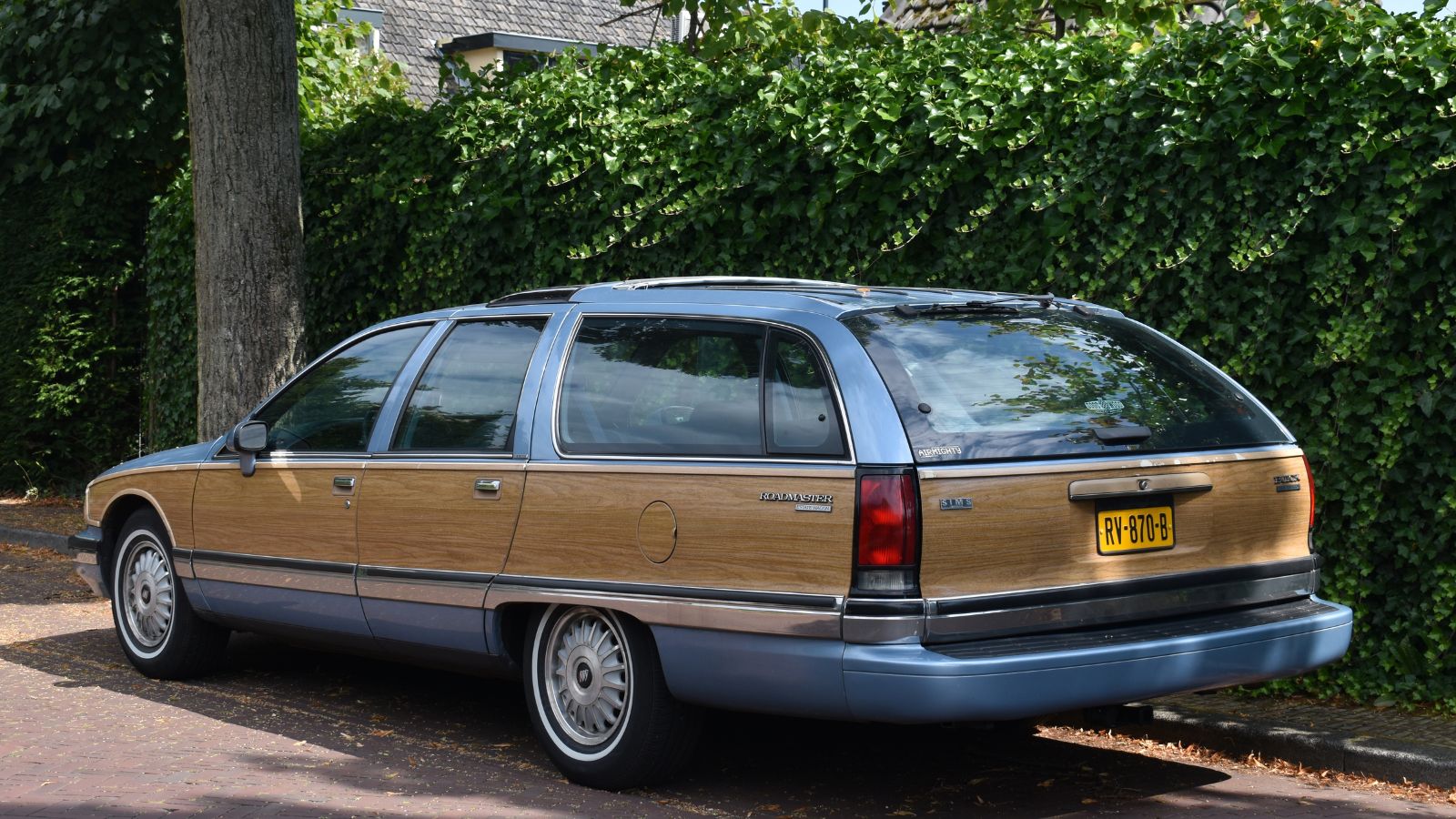
The 1949 Buick Roadmaster is a rolling monument to postwar optimism. It was one of the first Buicks to feature the brand’s innovative “bombsight” hood ornament and the now-iconic “VentiPorts” on the fenders—designed initially as functional vents but retained as a stylish hallmark. The sweeping “Airfoil” fenders accentuated the long, low silhouette, while chrome trim emphasized the car’s luxury appeal. And, if it looks familiar, it might be because it had a starring role in the movie “Rain Man.”
1970 Plymouth Barracuda
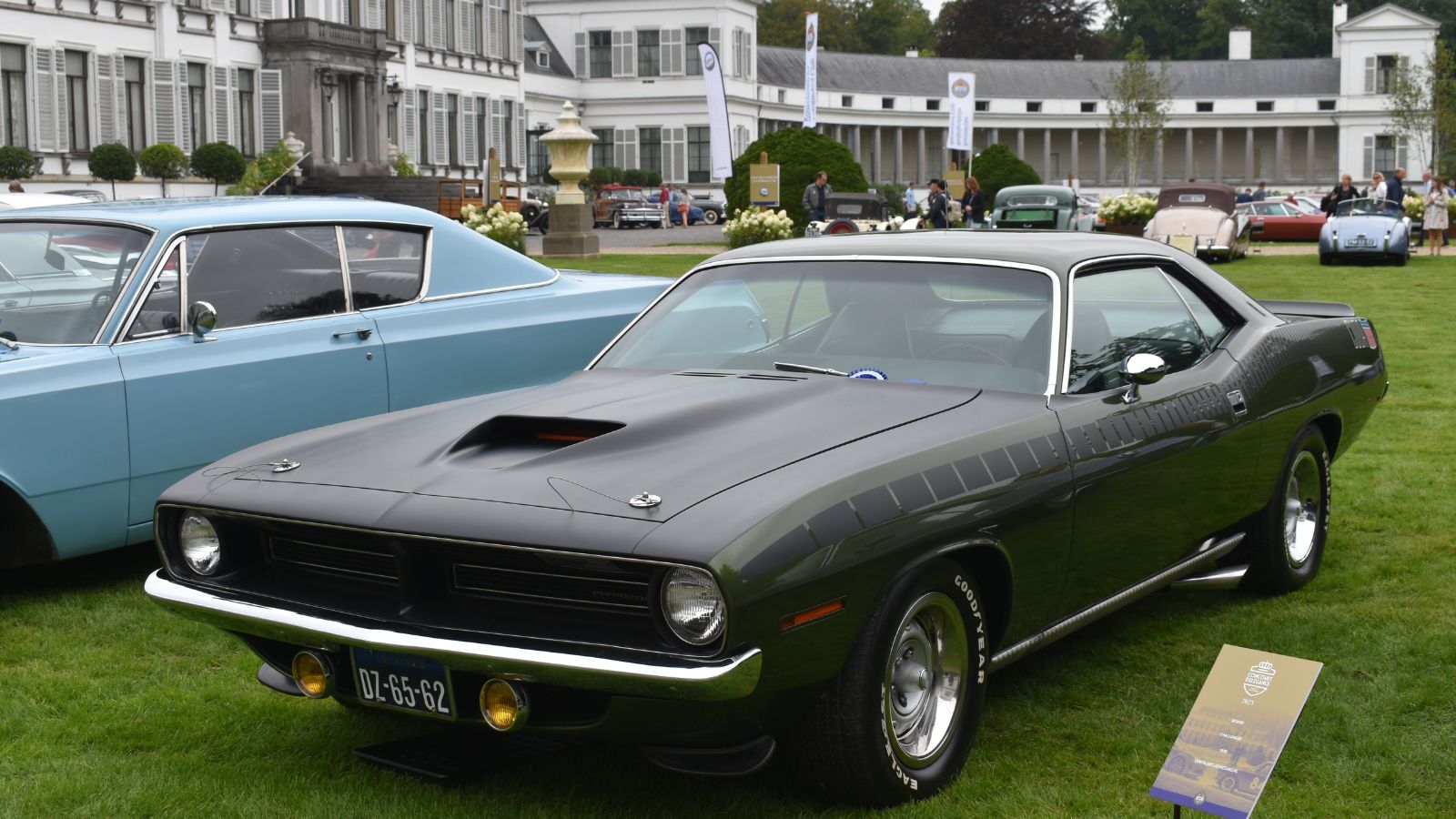
The ’70 Plymouth Barracuda, or ‘Cuda, was a beast in muscle car clothing. Under the hood, buyers could opt for an array of engines ranging from the 225-cubic-inch slant-six to the monstrous 426 HEMI V8, producing a jaw-dropping 425 horsepower. Special trims like the ‘Cuda 340 and HEMI ‘Cuda became icons, combining aggressive styling cues like shaker hoods and bold stripes with raw performance. In short, its aggressive styling and neck-snapping performance made it a standout even in the golden age of muscle cars.
1953 Chevrolet Corvette
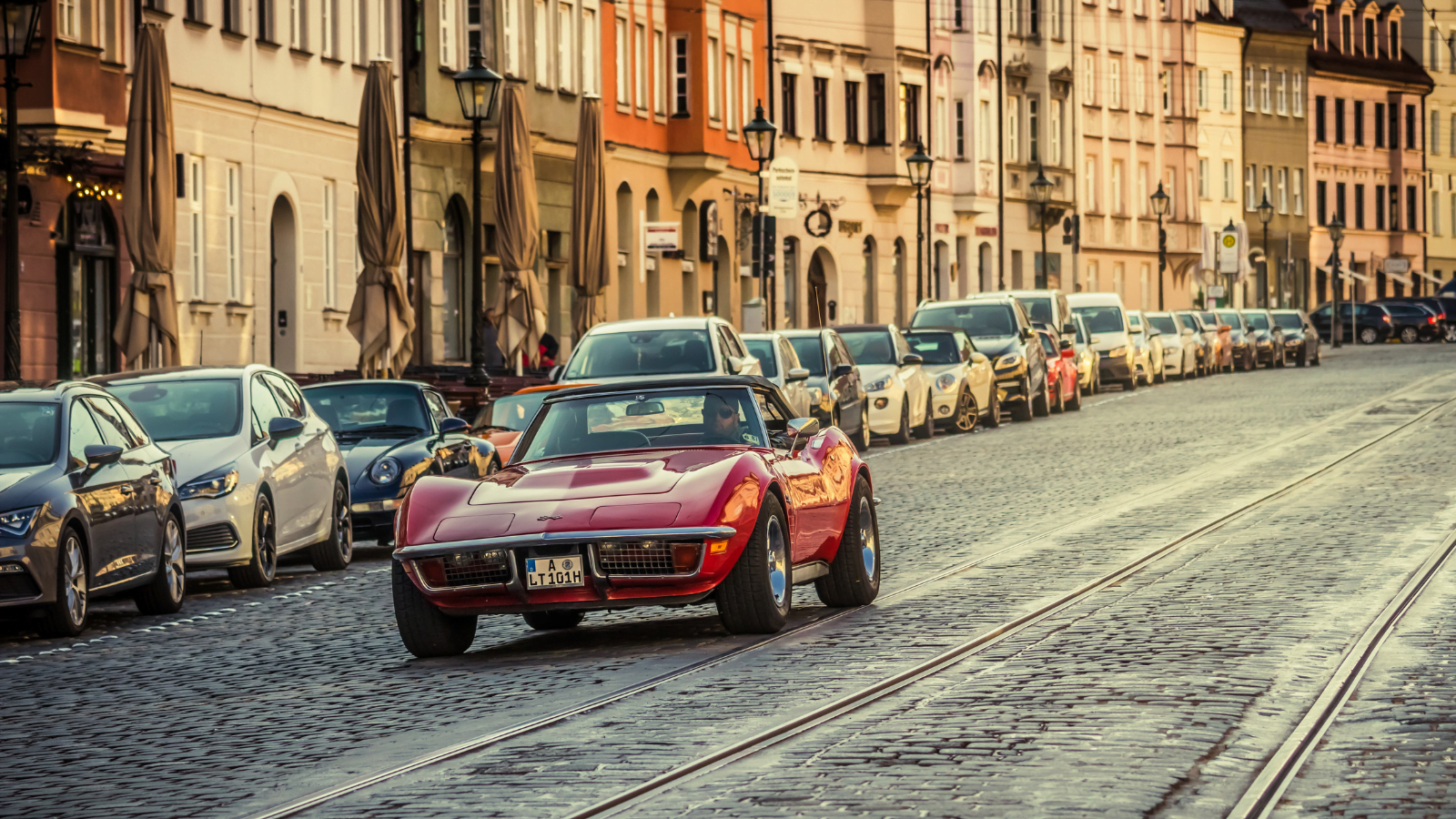
The 1953 Chevrolet Corvette marked a pivotal moment in automotive history as the first year of production for Chevrolet’s iconic sports car. Initially introduced as a concept car at the 1953 GM Motorama, the Corvette was a daring experiment with fiberglass construction, which was revolutionary at the time. With only 300 units produced, the car’s popularity was fueled by its sleek design, featuring an elegant “barbell” grille, stylish curves, and an open two-seat layout. Today, it’s the holy grail for Corvette collectors.
1963 Studebaker Avanti
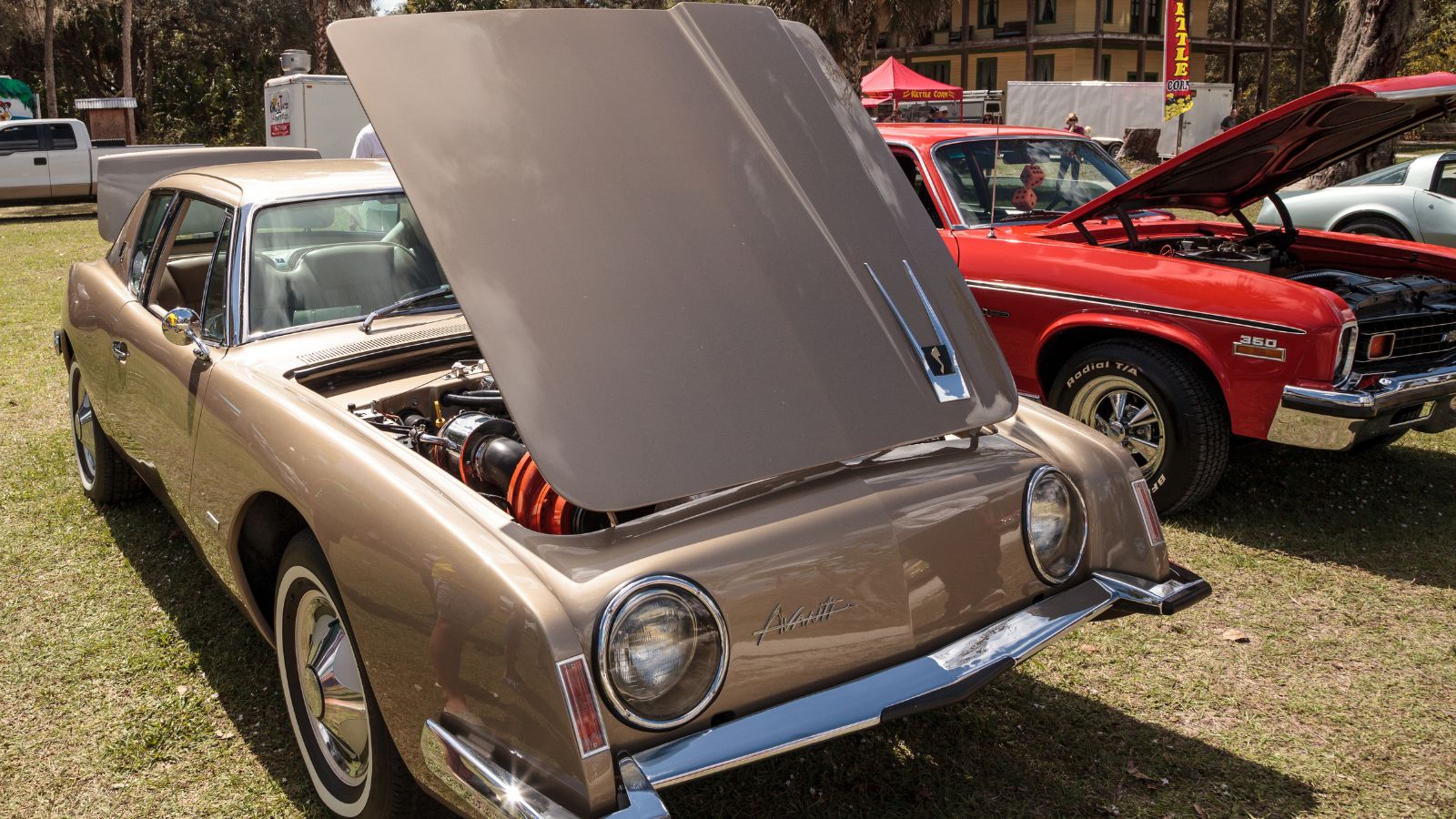
The Avanti was Studebaker’s moonshot—a sleek, futuristic coupe designed to take on the Corvette. Notable for its innovative features, the Avanti offered disc brakes (a rarity for production cars in 1963) and a futuristic interior with leather upholstery and advanced safety features. And, despite its rave reviews, production was limited due to Studebaker’s financial struggles, with only around 4,600 units built. The Avanti has since become an iconic example of mid-century American automotive design and a symbol of the innovation that came out of Studebaker during its final years.
1948 Tucker 48
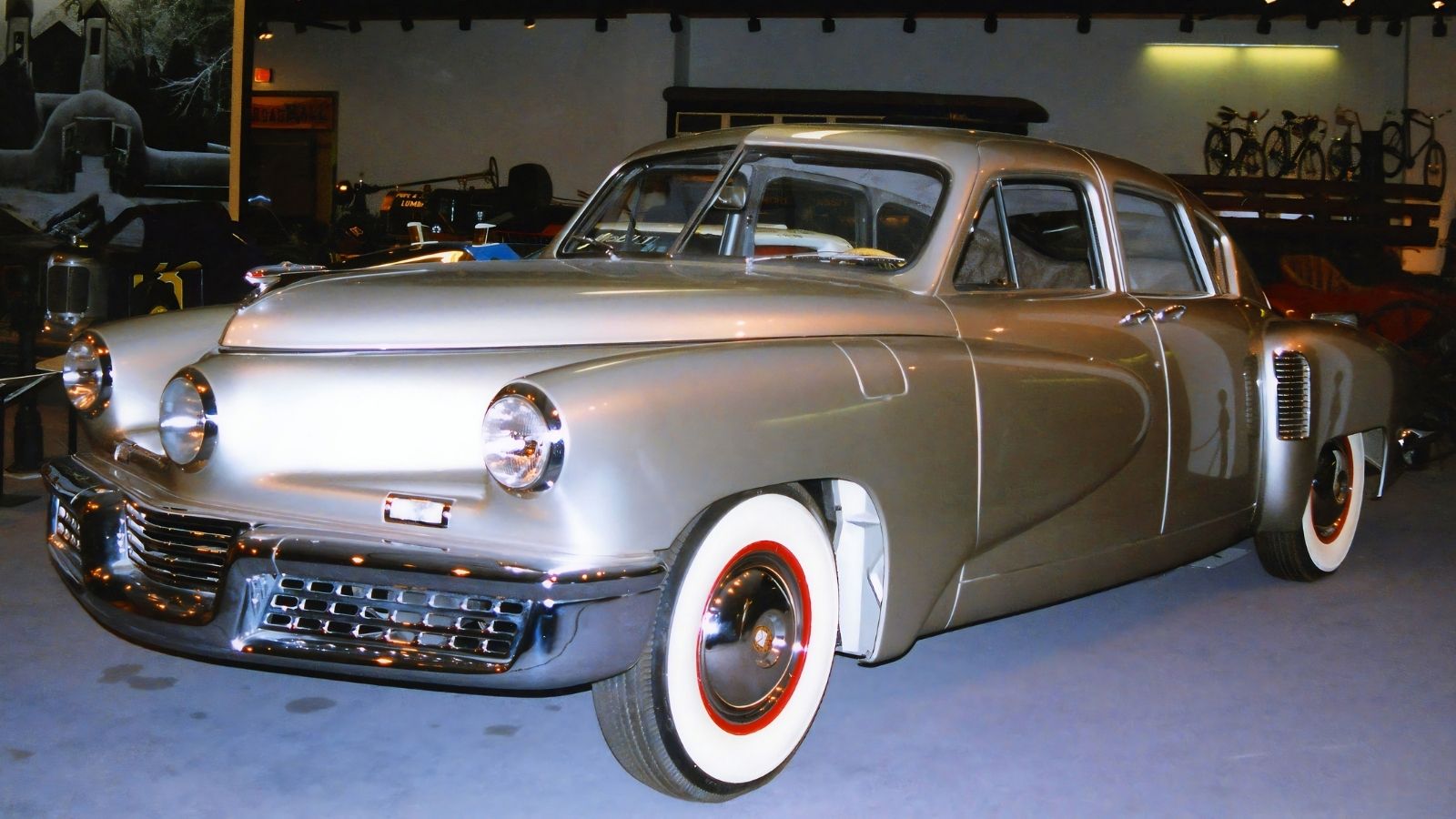
The Tucker 48 is less a car than a piece of automotive folklore. Nicknamed the “Tucker Torpedo,” it was ahead of its time, showcasing innovative features like a swiveling center headlamp that turned with the steering wheel and a safety-oriented “crash chamber” for passengers. The car also featured a rear-engine design with a powerful 166-horsepower flat-six engine, offering excellent performance for its era. Only 51 were made, making it one of the rarest and most desirable vintage cars.
1961 Lincoln Continental
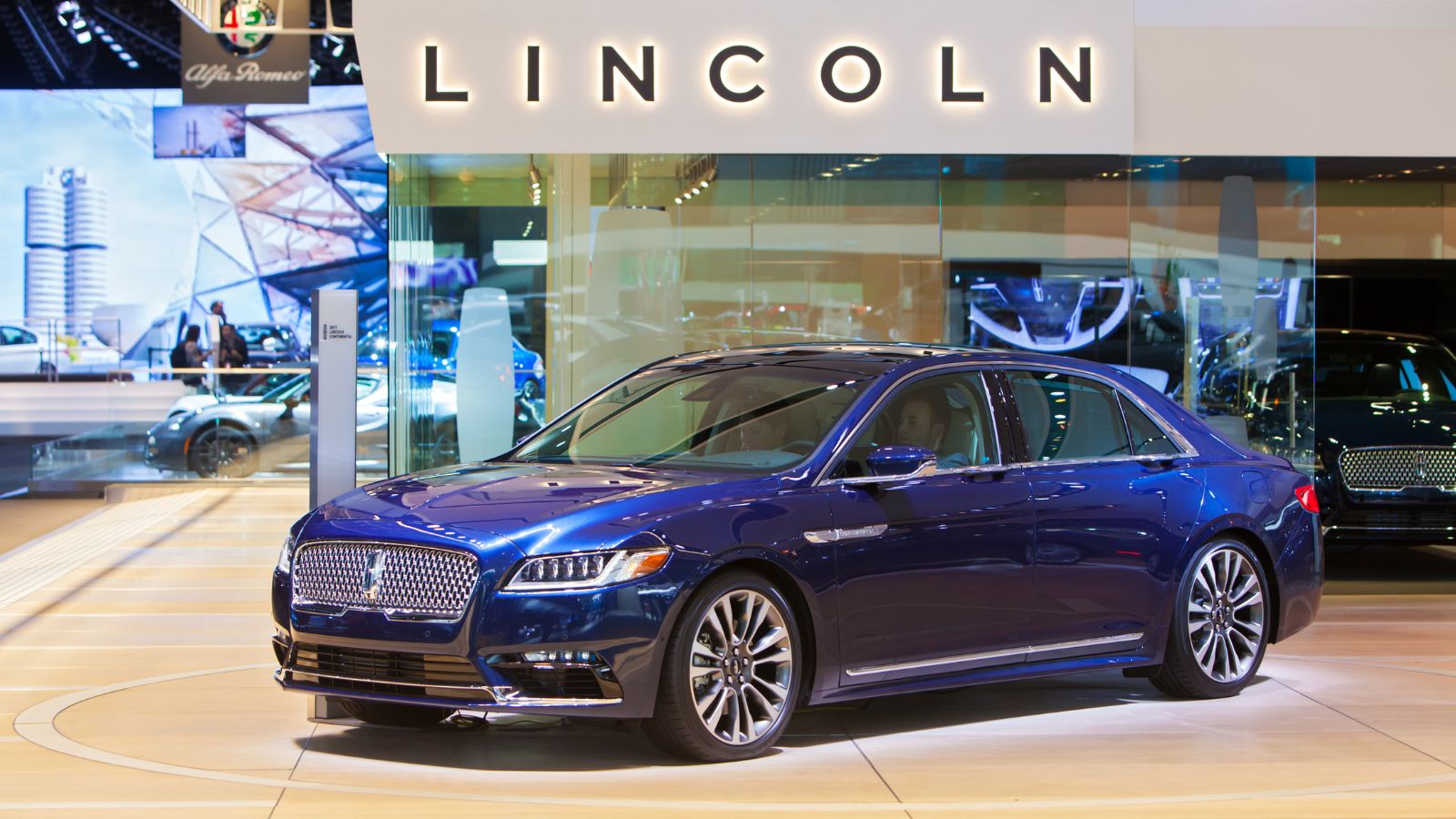
The 1961 Lincoln Continental isn’t just a car; it’s a rolling symbol of 1960s luxury. Elwood Engel’s design departed from its predecessors with clean, modern lines, a square, formal shape, and iconic suicide doors. It featured a 430-cubic-inch V8 engine delivering 300 horsepower and an automatic transmission, which powered its front-wheel-drive layout. Also, one of the standout features of the 1961 Continental was its smooth, quiet ride, courtesy of a unibody construction and air suspension system.
1971 Chevrolet Chevelle SS
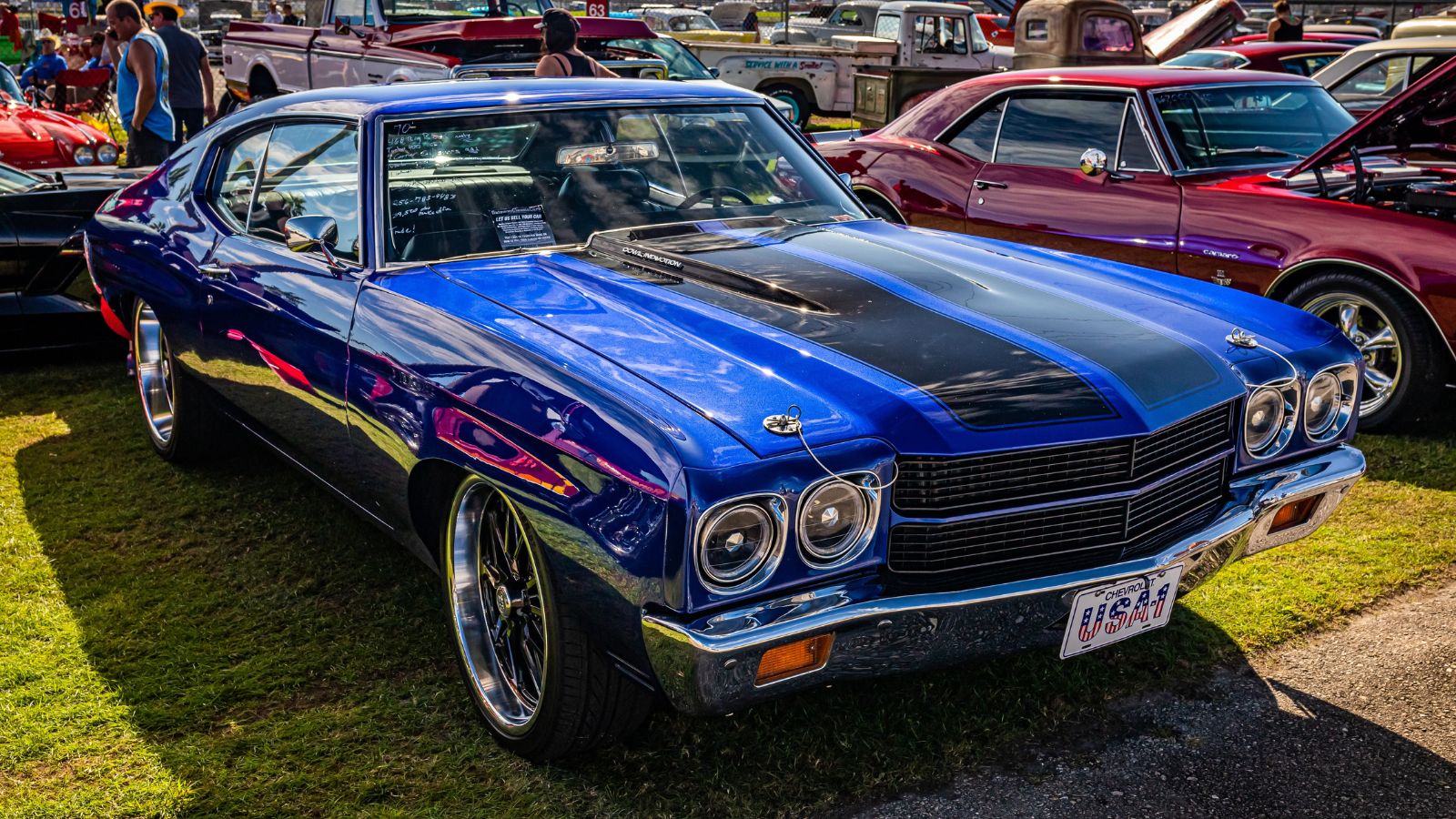
The ’71 Chevelle SS is the muscle car that flexes hard. The Chevelle SS featured aggressive styling with a bold front grille, twin-scooped hood, and distinct SS badging, signaling its performance capabilities. And, despite introducing stricter emissions regulations, the Chevelle SS remained a favorite among enthusiasts. The 1971 model year was notable for a few design tweaks, such as a revised front end, and it marked the peak of Chevelle’s muscle car legacy before the era of downsized engines. However, this aggressive styling and ferocious performance made it the king of the streets.
1940 Ford Deluxe Coupe
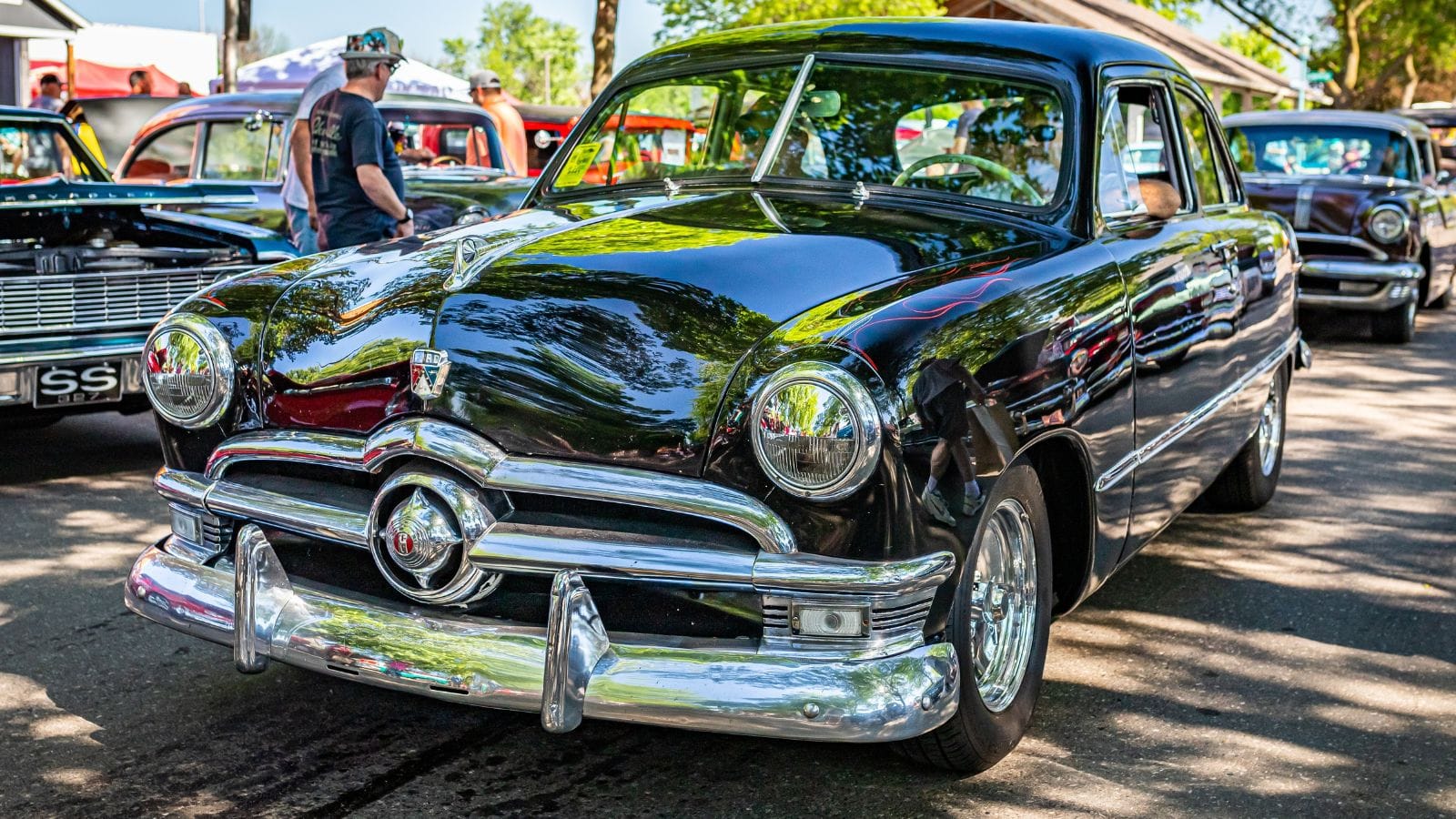
The 1940 Ford Deluxe Coupe was the car that dreams (and countless hot rods) were made of. The car’s exterior was marked by streamlined fenders, a prominent grille, and a classic “sloping” roofline, embodying the Art Deco style that defined the era. Its interior was also roomy for its size, with a simple yet elegant dashboard and comfortable seating. Ford also significantly improved the chassis, ensuring a smooth ride and better handling. It’s the kind of car that’s just as comfortable at a car show as on a cross-country road trip.
1956 Ford Thunderbird
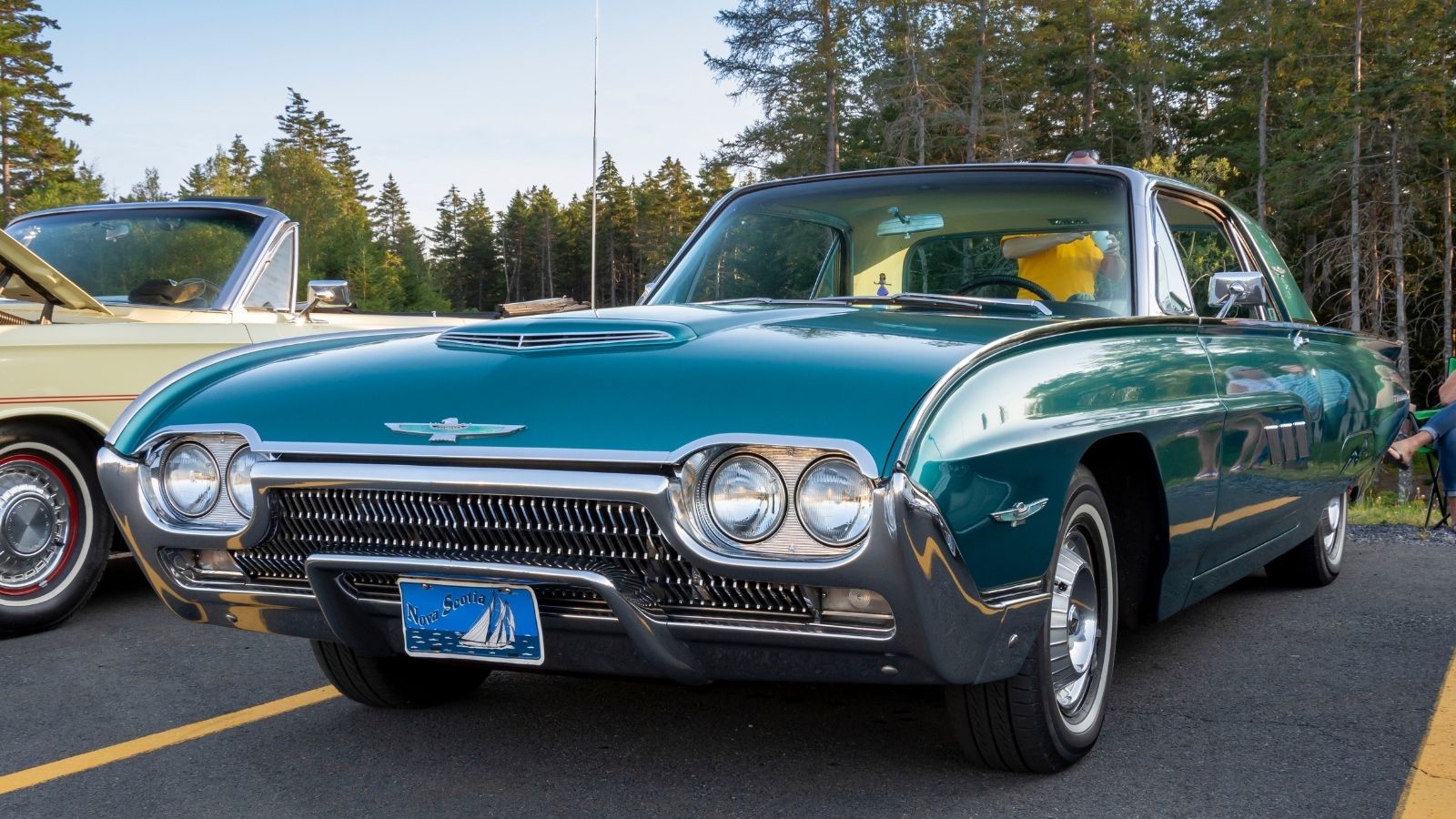
The original Thunderbird was Ford’s answer to the Corvette but with a focus on luxury rather than outright performance. It featured a continental kit (fancy talk for a spare tire mounted outside the trunk) that added flair and made parking an Olympic sport. Thunderbird owners have a standard porthole window on the hardtop, handy for seeing out and looking cool. It also came with power seats, optional air conditioning, and the spirit of the jet age molded into sheet metal. Plus, Ford sold 15,631 units in 1956, cementing its status as the classy cruiser for those who wanted luxury, speed, and a pinch of swagger.
1968 Pontiac GTO
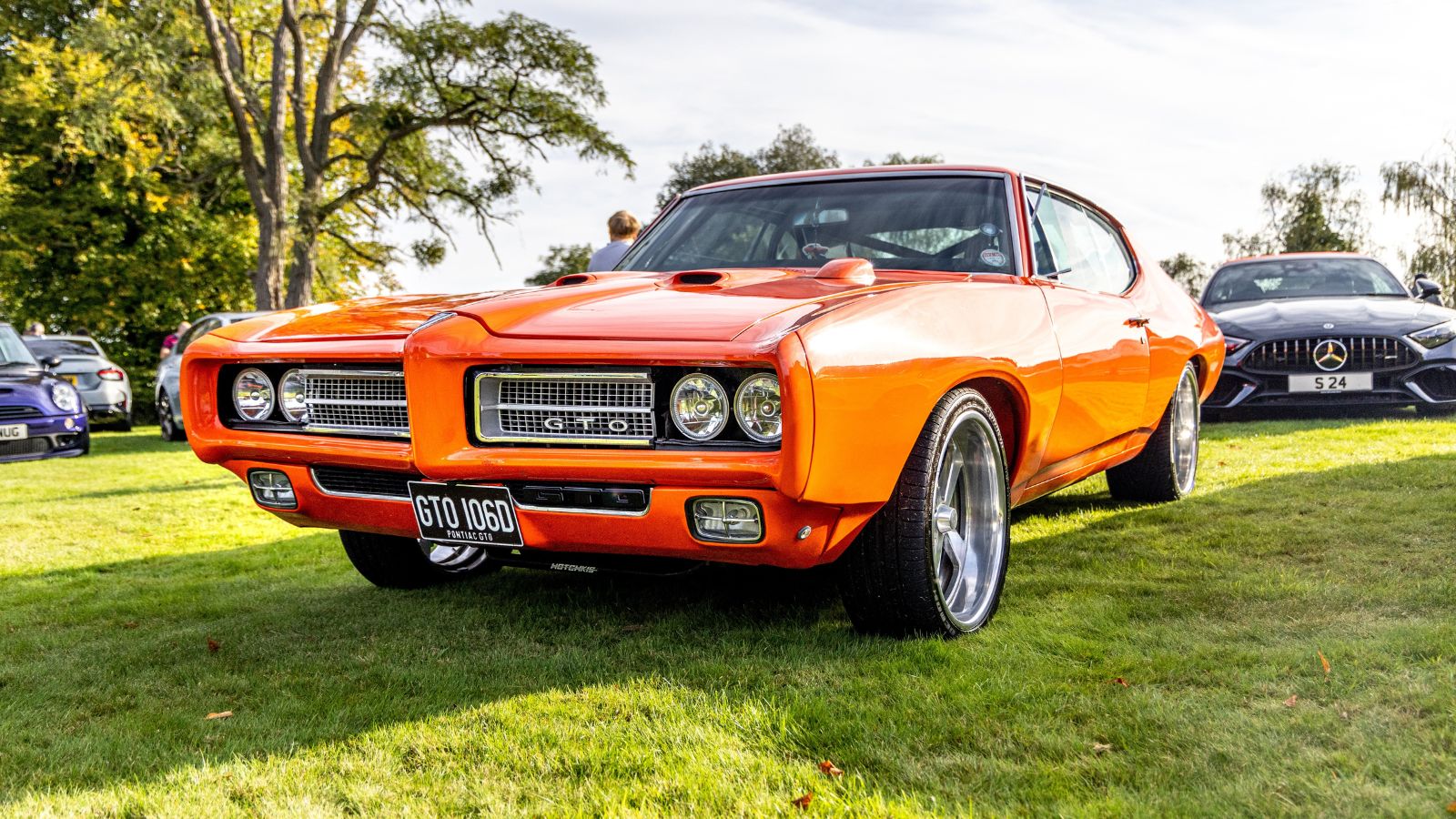
The Pontiac GTO is often credited as the car that kicked off the muscle car era, and the 1968 model was a high point. Available in hardtop or convertible, it offered options like a Hurst Dual-Gate shifter, Rally II wheels, and an 8-track player—because nothing says speed like “Born to Be Wild” blaring from your dash. Motor Trend’s Car of the Year for 1968 was the muscle car that made Camaros and Mustangs glance nervously at stoplights. Need proof of its coolness? It wasn’t just a car but a cultural icon—think Steve McQueen, but with more horsepower.
1950 Oldsmobile Rocket 88
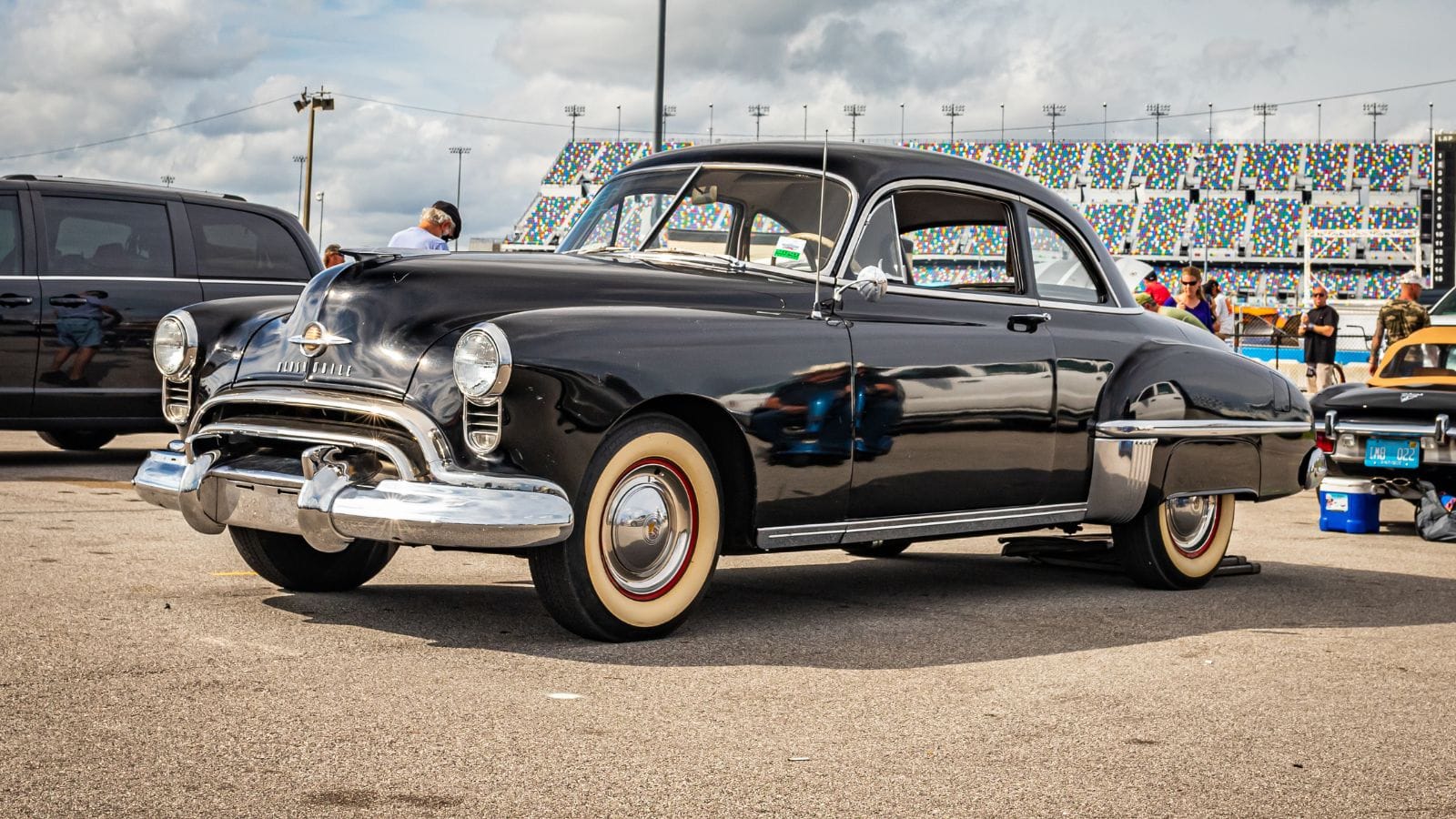
The Rocket 88 was the OG muscle car, combining a lightweight body with a powerful V8. Its sleek, bullet-nose design screamed futuristic flair, while the Hydra-Matic automatic transmission made it smooth as butter. Also, the Rocket 88 wasn’t just a looker—it dominated NASCAR, racking up victories and cementing its reputation as a speed demon. Fuel-efficient? Well, no. But this beauty didn’t sip fuel; it guzzled it with pride. The car put “vroom” in our vocabulary and made the suburbs roar.
1970 Dodge Challenger R/T
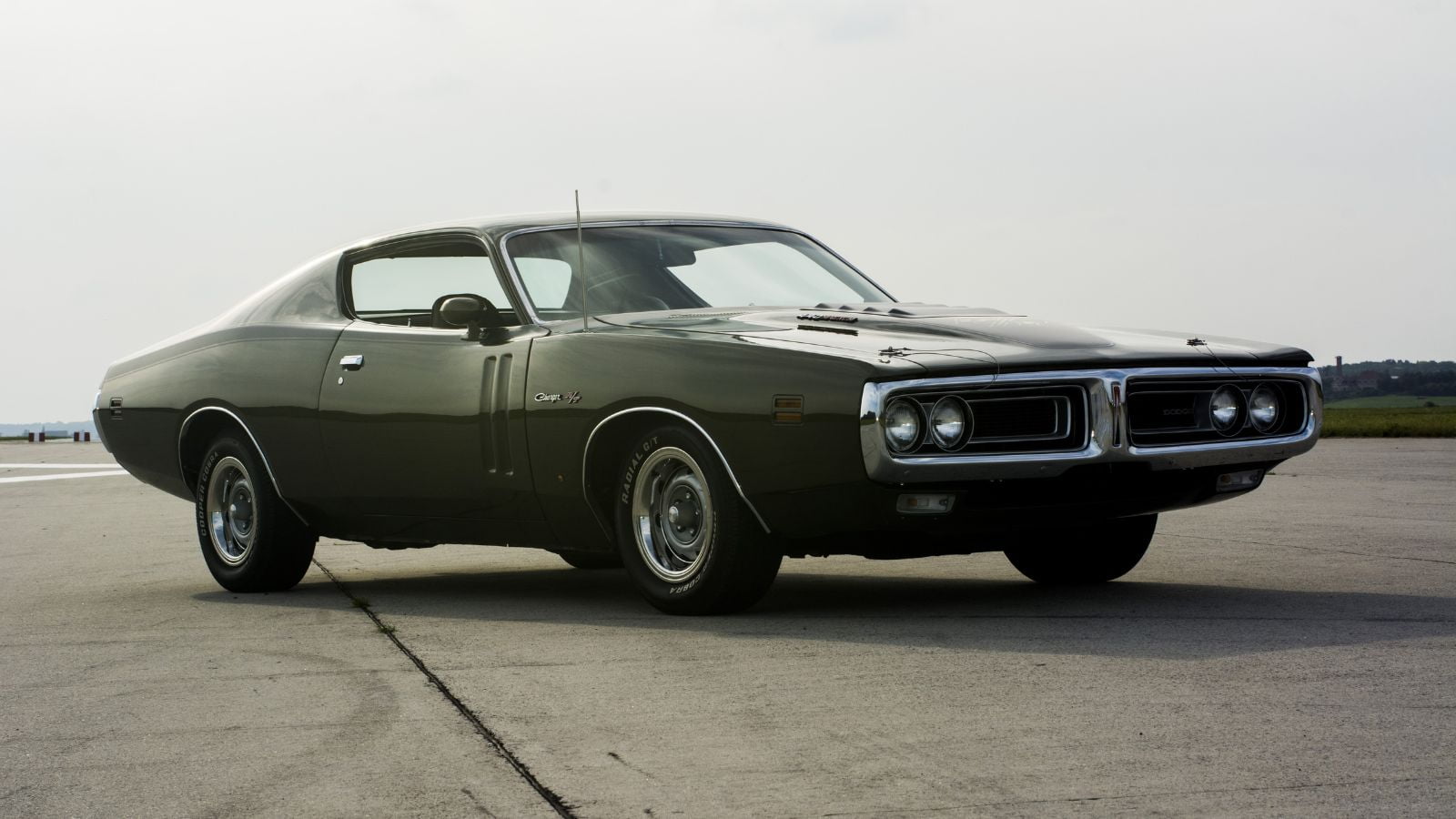
The Dodge Challenger R/T was Chrysler’s answer to the Mustang and Camaro, and it came out swinging. With a long hood, short deck, and available Shaker scoop, the Challenger looked like it ate lesser cars for breakfast. Inside? Optional high-back bucket seats and a pistol-grip shifter screamed, “I mean business!” You could customize it with colors like Plum Crazy Purple because subtlety is for station wagons. And, built on Chrysler’s E-body platform, it shared DNA with the Plymouth Barracuda.
1964 Buick Riviera
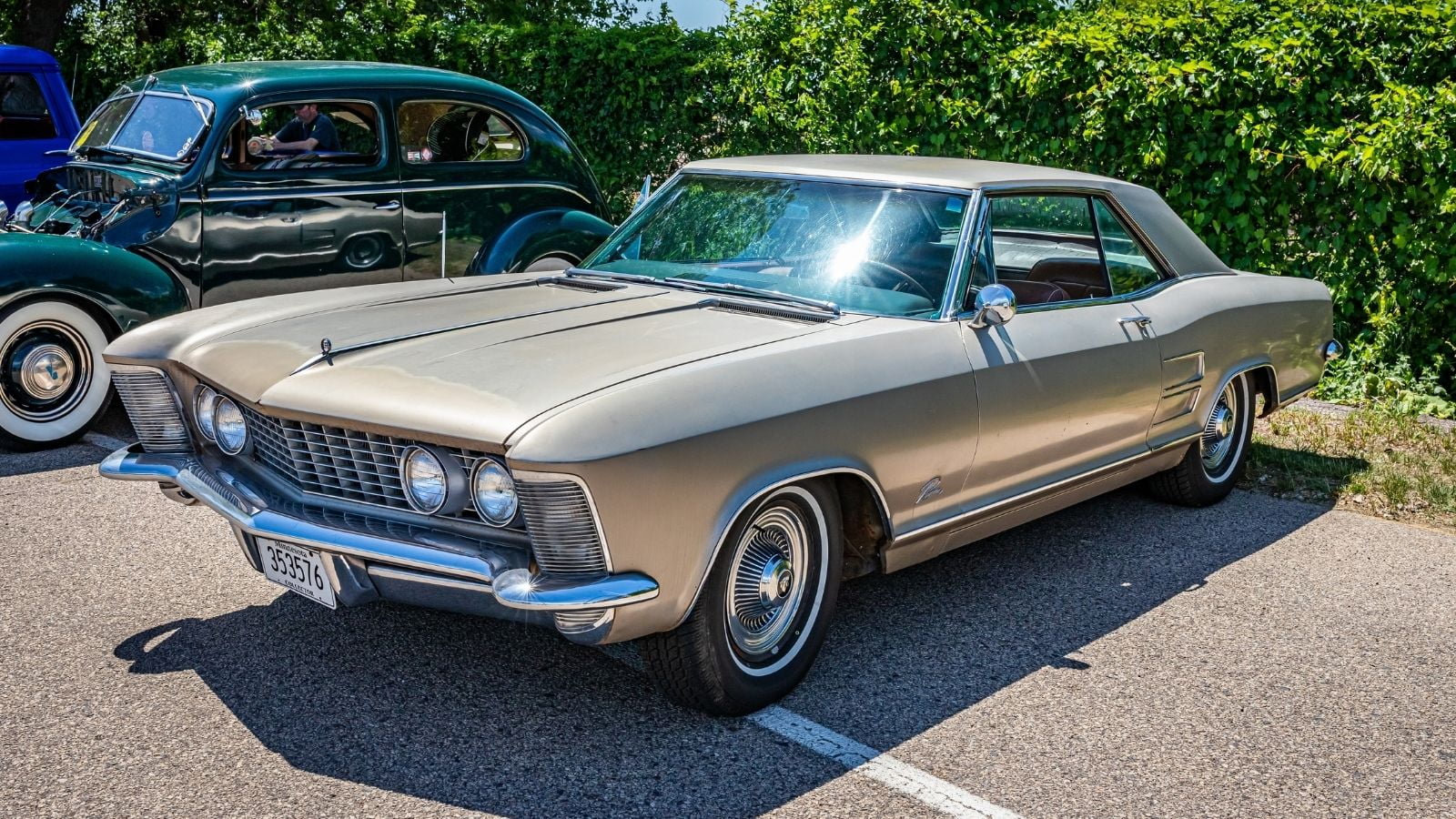
The 1964 Buick Riviera was GM’s take on personal luxury, and boy, did they nail it. Inside, it was all swank and swagger: bucket seats, a console shifter, and enough chrome trim to blind astronauts. It even introduced the world to the “clamshell” hidden headlights—automotive peekaboo at its finest. Sales hit over 37,000, proving Buick’s gamble paid off. Today, it’s a collector’s dream, blending performance with sophistication.
1958 Chevrolet Impala
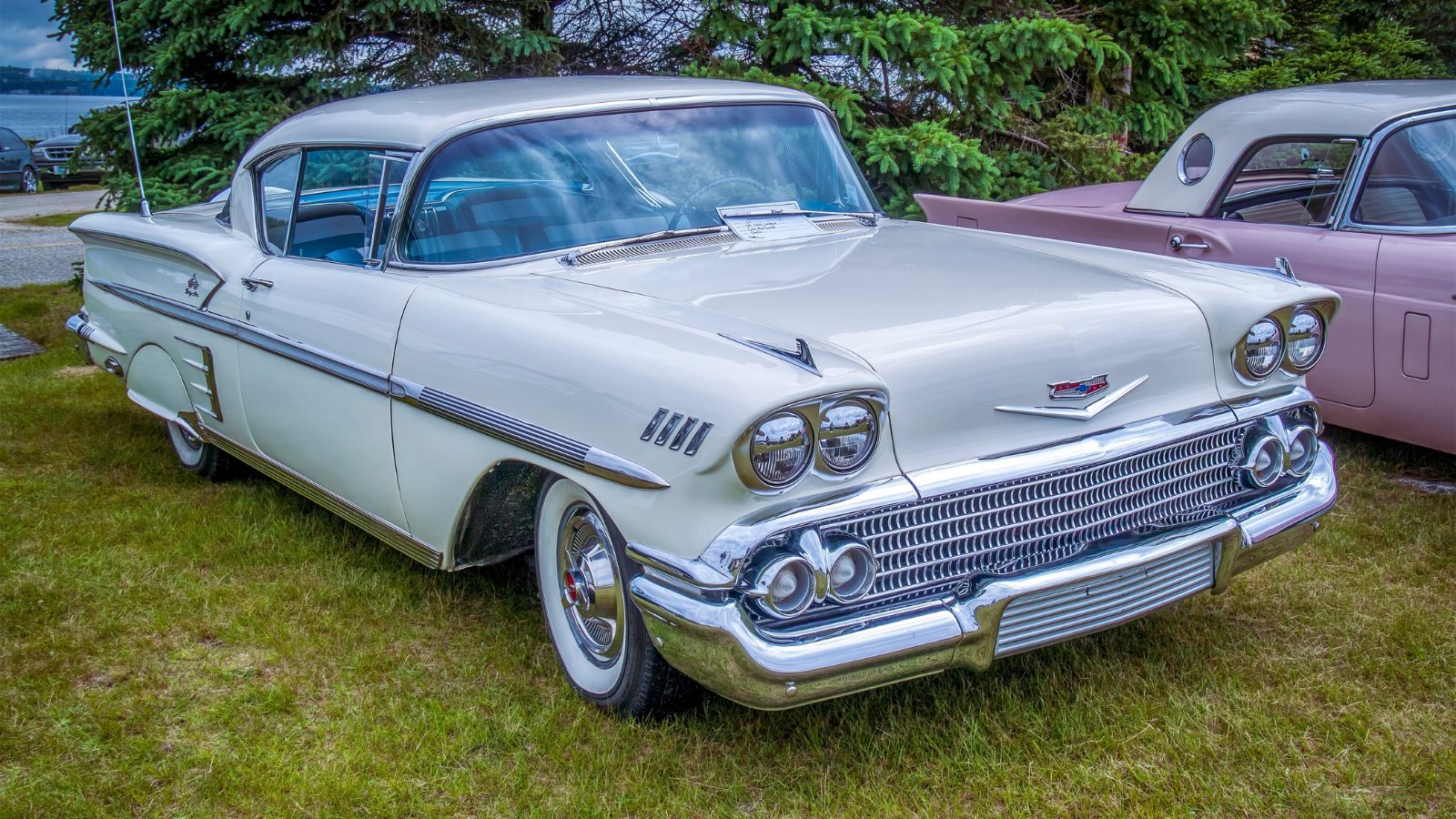
The 1958 Chevrolet Impala was the debut of a now-legendary nameplate, strutting its stuff as the top trim level of the Bel Air lineup. Unlike its more sensible siblings, the Impala had a flair for the dramatic: those wild, bat-like tail fins, dual headlamps, and a rear deck as long as a summer road trip. Under the hood, buyers could choose anything from a humble inline-six to a snarling 348-cubic-inch V8. Plus, a star at cruising the drive-in, the Impala also introduced features like the “curved panoramic windshield” that made it feel like a spacecraft.
1936 Auburn Boattail Speedster
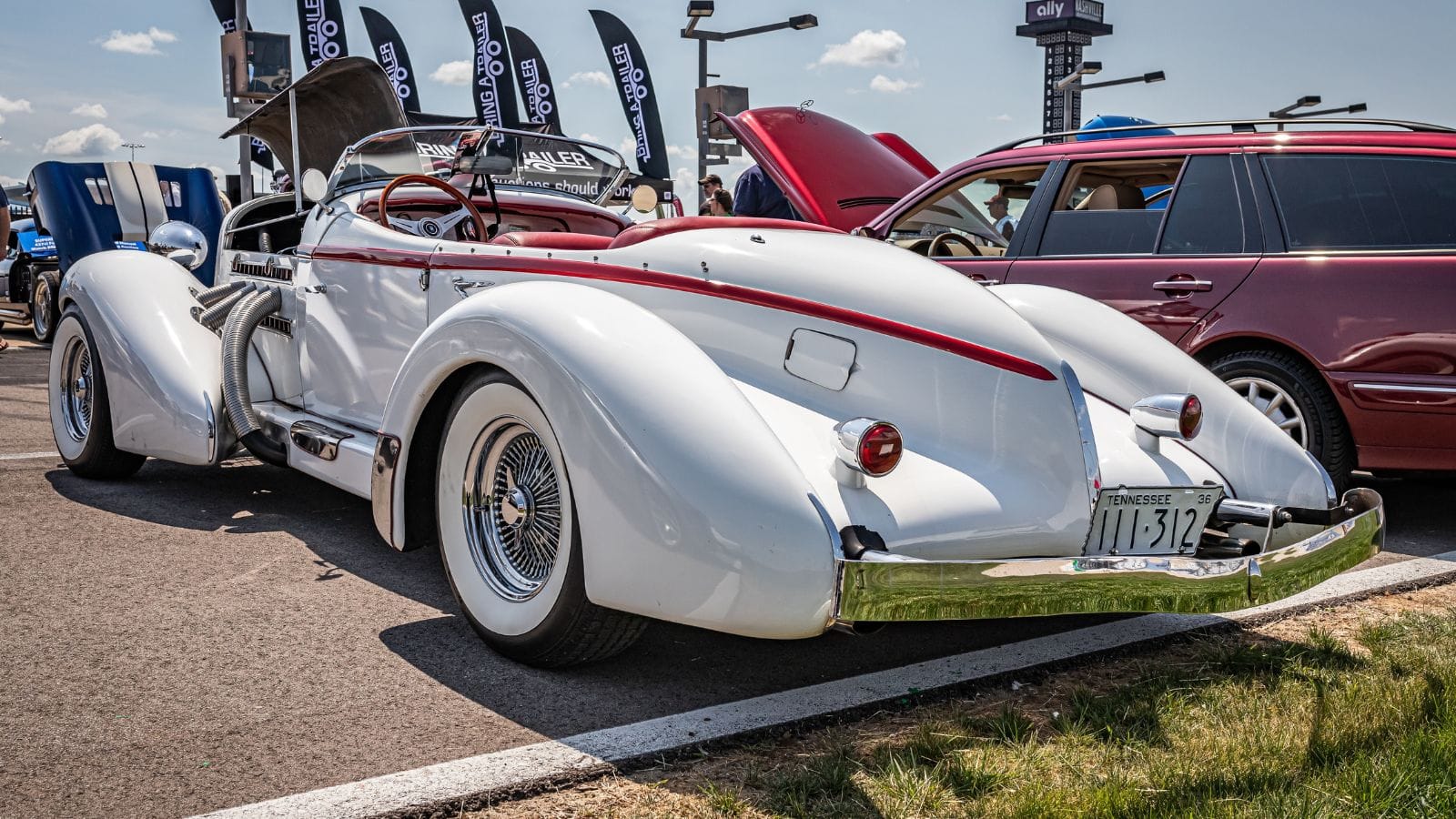
The Auburn Boattail Speedster is pure art deco on wheels. Auburn, eager to dazzle buyers, claimed the car could hit 100 mph, a boast backed by a dash-mounted plaque certifying its speed—a 1930s flex. Inside, plush interiors made sure you sped in style. Sadly, the Great Depression hit Auburn like a pothole on a country road, and production ceased in 1937. It’s a collector’s darling today, with restored examples fetching seven figures. Who wouldn’t want to own a piece of Art Deco dynamite on four wheels?
1976 Pontiac Trans Am
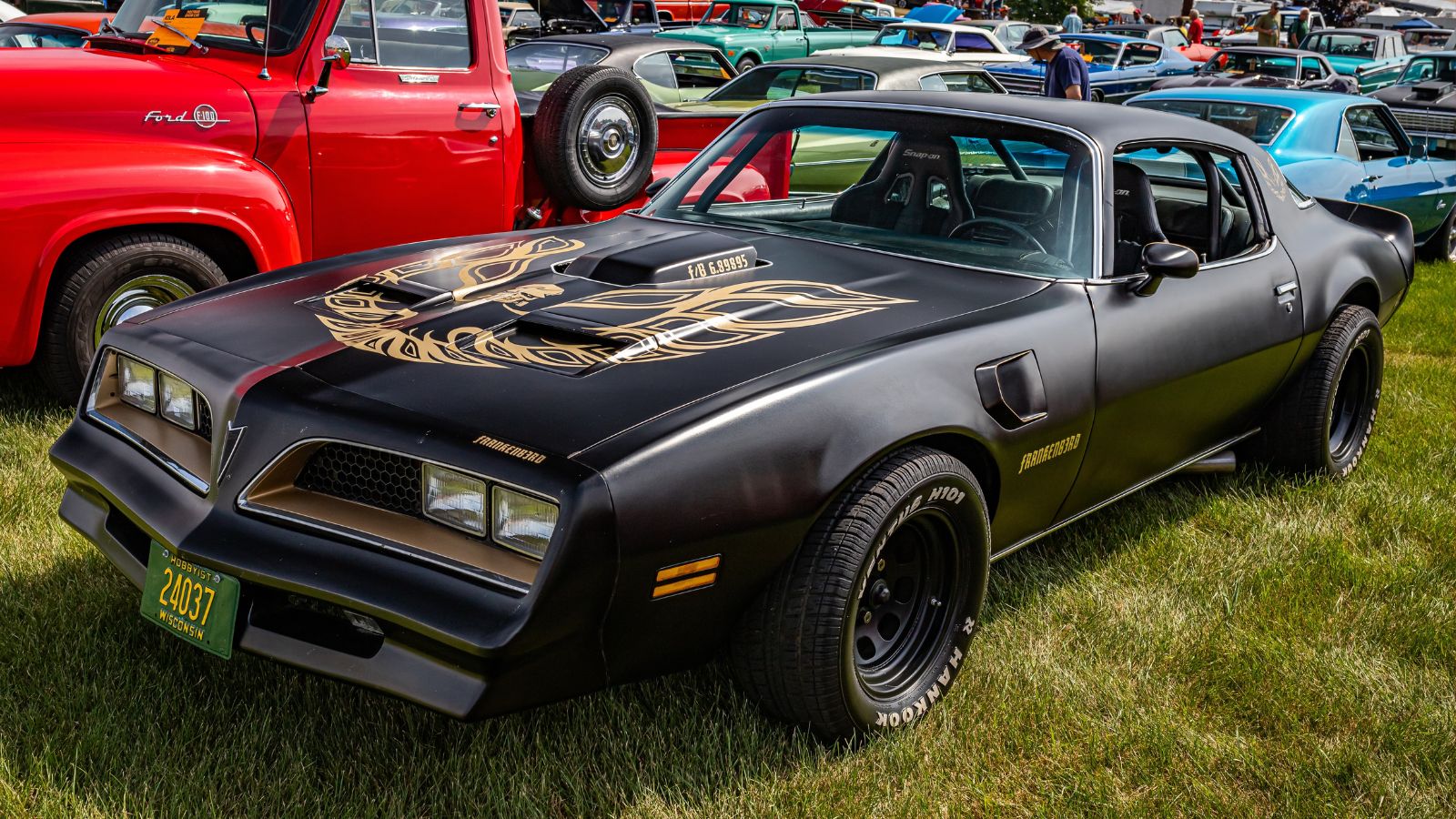
The 1976 Trans Am might be best known as the star of “Smokey and the Bandit,” but it was more than just a movie prop. With its shark-like styling, roaring V8 engines, and razor-sharp handling, it was a car that demanded attention. Whether cruising down Route 66 or tearing up a racetrack, the Stingray was (and is) a showstopper. And, though Burt Reynolds made it famous, this car needed no help turning heads. With fewer than 47,000 produced, it’s a rare bird today, justifying its perch in muscle car history.
1969 Chevrolet Corvette Stingray
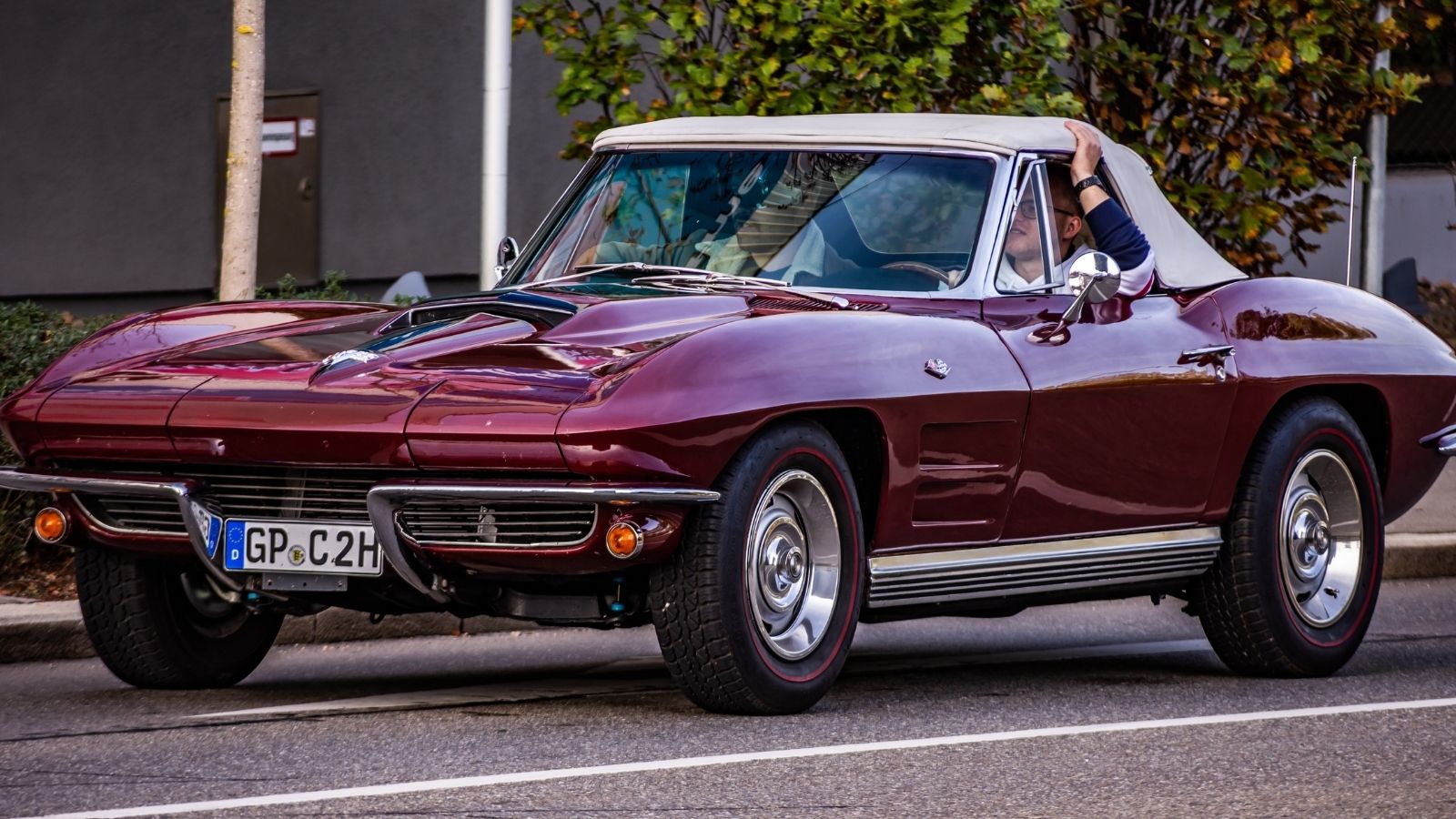
The 1969 Corvette Stingray was the definition of a “no-compromises” sports car. This fiberglass beauty became an American icon with its signature shark-like profile, T-top roof, and pop-up headlights (because what’s cooler than hidden beams?). The ’69 model even saw over 38,000 units sold—a big deal when fuel economy wasn’t a buzzword yet. Handling? Think go-kart on steroids, perfect for “accidentally” showing up to neighbors. And don’t forget the side pipes—functionally loud and aesthetically awesome. In short, the ’69 Stingray wasn’t just a car but a vibe with a roaring soundtrack.
1934 Packard Twelve
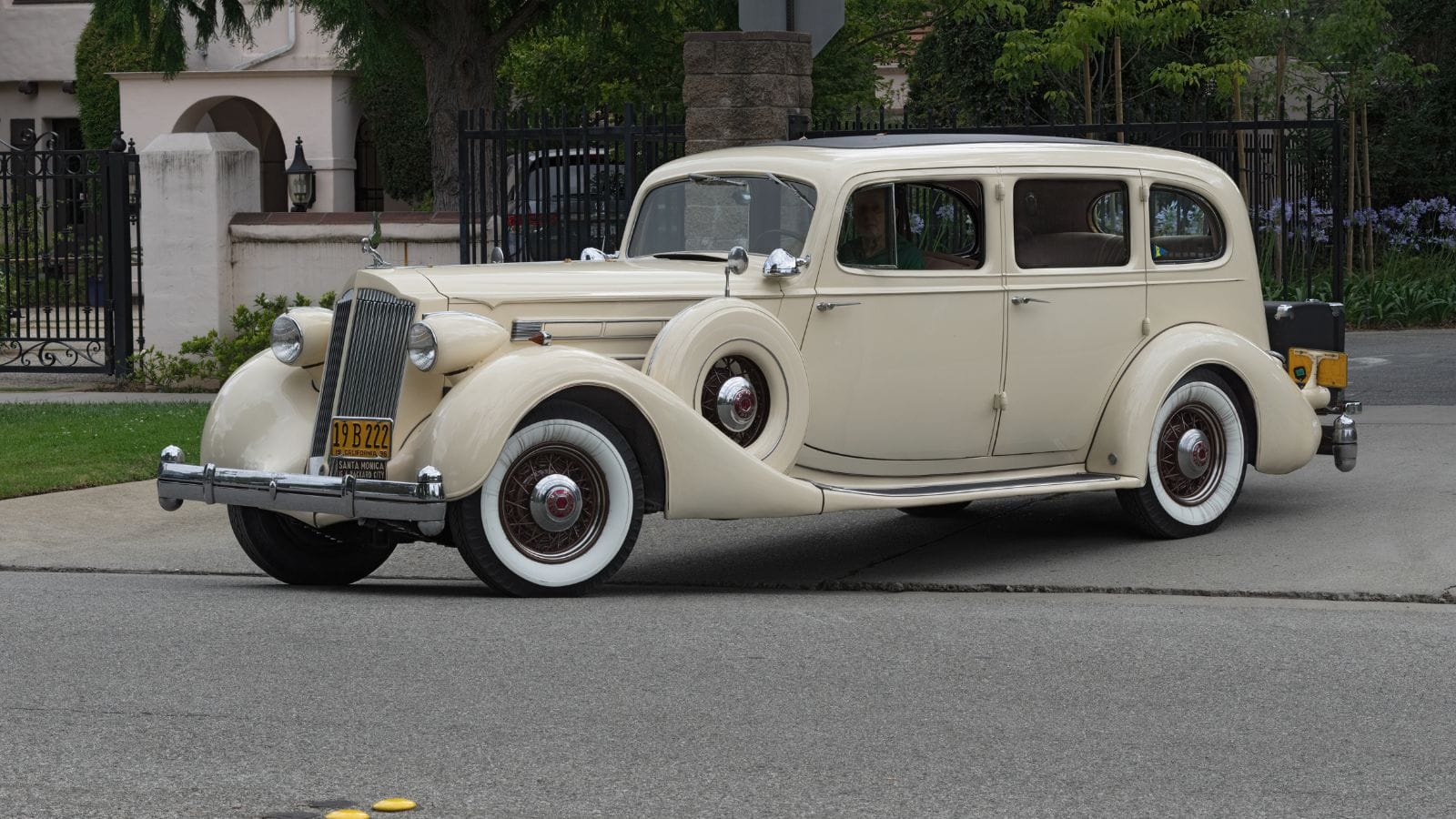
The 1934 Packard Twelve was a rolling masterpiece of opulence and excess, powered by a buttery-smooth 7.3-liter V12 engine. With up to 160 horsepower (an eyebrow-raising number for the time), this was no jalopy—it was the king of the road. Built for tycoons and Hollywood stars, it offered the luxury that made chauffeurs feel underdressed. It also featured innovations like hydraulic brakes and adjustable shock absorbers, proving Packard wasn’t just about good looks—it had brains, too. Prices started around $4,000, which in 1934 could’ve bought you a small house, a few goats, and maybe your neighbor’s envy.
18 Budget-Friendly Electric Cars That Last Longer Than Their Loans — Economical Electrics
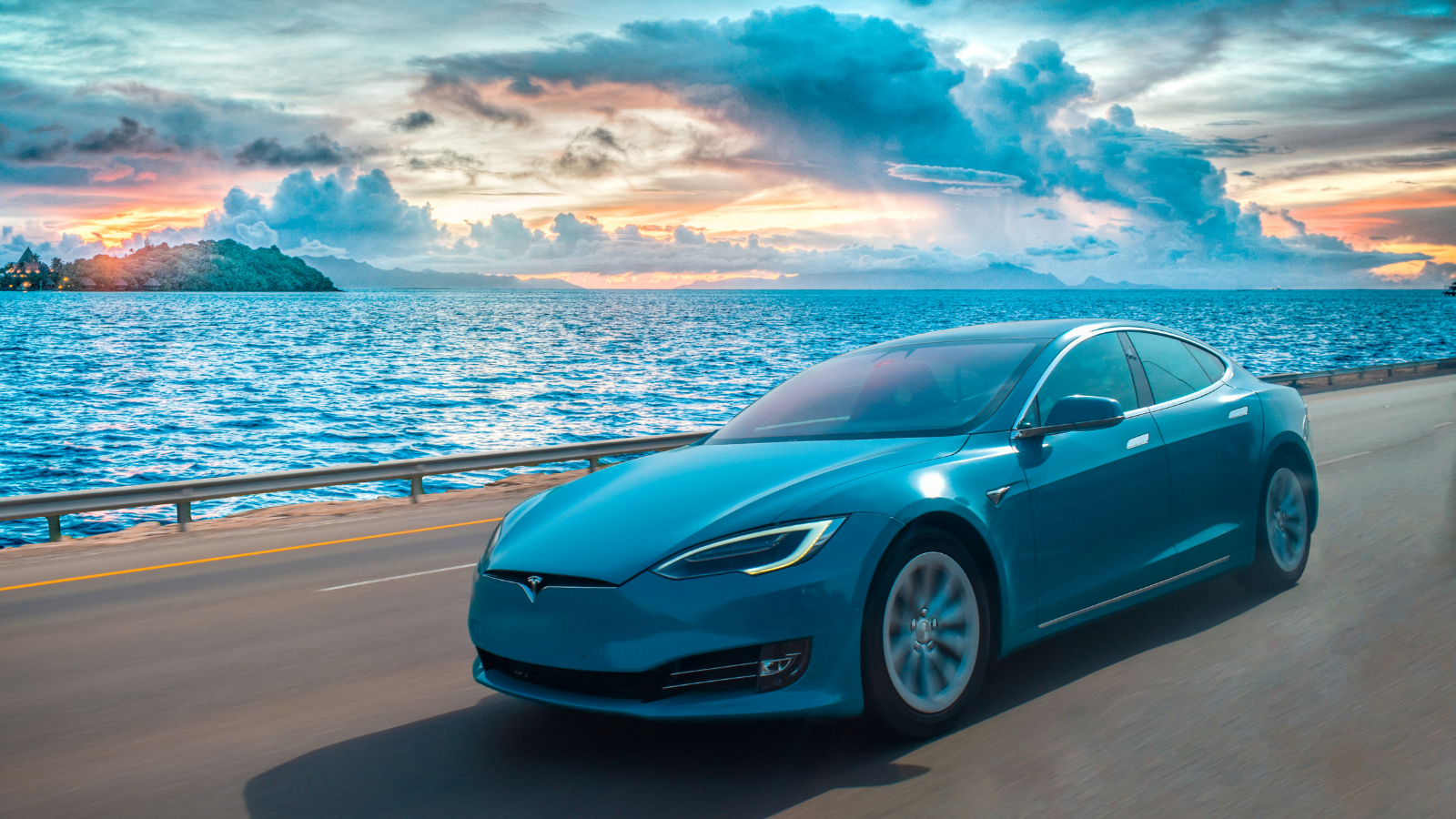
Electric vehicles are no longer a luxury for the elite—they’re a smart investment for the everyday driver. With manufacturers stepping up to the plate, affordable EVs now deliver on reliability, range, and modern comforts. Here’s a look at 18 economical electric cars engineered to outlast their payment plans.
18 Budget-Friendly Electric Cars That Last Longer Than Their Loans — Economical Electrics
